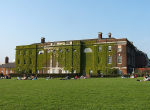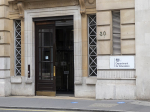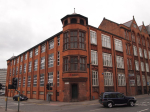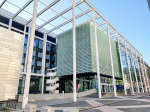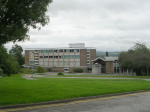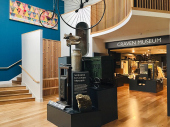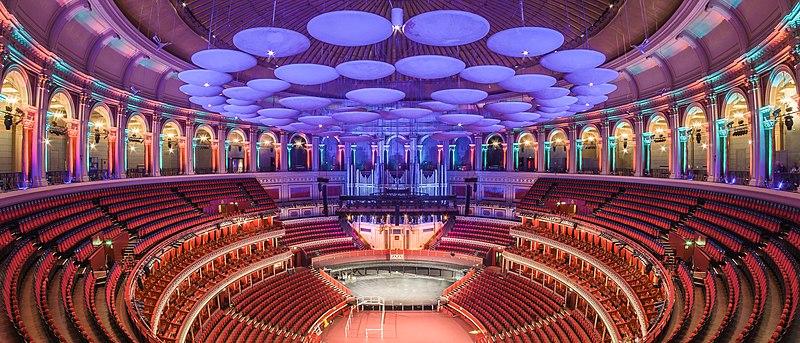
The Royal Albert Hall's invaluable archive has been safeguarded from the threat of flooding and meticulously preserved through a £1 million rescue initiative.
This collection, which dates back to the venue's inception in the 1850s, contains a wealth of historical items, including a trumpet used during the opening ceremony 152 years ago and a program designed by the renowned artist Pablo Picasso.
The archive serves as a testament to the venue's illustrious 152-year history, featuring tens of thousands of artifacts that encapsulate a range of extraordinary events and figures.
According to Chief Executive James Ainscough, this remarkable collection breathes life into the incredible history of the Royal Albert Hall. He stated, "This famous building has been a crucible of debate, a place of cultural and social transformation, and a prism through which to see a changing Britain."
He further emphasized, "No other venue on earth has played host to the Suffragettes, Albert Einstein, and Muhammed Ali, as well as Ella Fitzgerald, The Beatles, and Adele."
Previously, the archive was scattered across four different locations within the building, with the basement storage area suffering from recurrent flooding, which posed a serious threat to the preservation of the artifacts.
A historic turning point has been reached as the collection is now housed in a fireproof, climate-controlled studio within the building, complete with a new reading room, offering access to historians, researchers, and the public via appointments.
This development paves the way for archivists at the Royal Albert Hall to provide guided tours of the collection, marking the first time this has been possible.
Among the noteworthy items featured in the collection is a ceremonial broom used during the historic Grand Sumo Tournament of 1991, which marked the sport's first and only staging outside Japan in its 1,500-year history.
The archive also houses a program from the UK's first science fiction convention in 1891, as well as a souvenir book from the Shakespeare Ball in 1911.
Dr. Gerald Macaura's vibrating Pulsoconn, exhibited at the venue in the 1910s, is another intriguing artifact in the collection. The device claimed to cure ailments like gout, rheumatism, and "women's diseases" before it was exposed as a fraudulent invention by medical students.
Additionally, the Royal Albert Hall archivists are diligently searching for 40 notable items that are currently missing from their collection, including the silver trowel used by Queen Victoria to lay the building's first brick in May 1867. Photo by © User:Colin / Wikimedia Commons / CC BY-SA-4.0.










